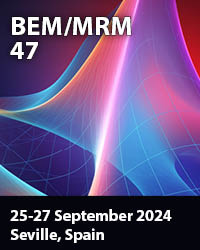Nucleate Boiling Flow – Experimental Investigations And Wall Heat Flux Modelling For Automotive Engine Applications
Price
Free (open access)
Transaction
Volume
61
Pages
10
Page Range
169 - 178
Published
2008
Size
435 kb
Paper DOI
10.2495/HT080161
Copyright
WIT Press
Author(s)
H. Steiner, B. Breitschädel, G. Brenn, H. Petutschnig & C. Samhaber
Abstract
In the continuing search for highly efficient technical cooling devices, the nucleate flow boiling regime is becoming increasingly appreciated for providing the highest possible heat transfer rates. Regarding the case of liquid cooling systems of combustion engines, it is known that subcooled boiling occurs in thermally highly loaded regions. Therefore, reliable thermal management requires sufficient knowledge on how specific operation conditions and system parameters typically found in engine cooling jackets can affect the subcooled boiling heat transfer. In particular, the present work investigates experimentally the effects of varying volume fractions of the two main components of the coolant, of varying roughness and orientation of the hot wall surface with respect to the vector of gravitational acceleration, and of vibrations of the hot surface. The obtained comprehensive data set is highly valuable to elucidate and quantify the impact of the investigated effects. The data are also used to evaluate the performance of a wall heat flux model, which was specially developed for use in subcooled boiling flow in automotive applications. The model is proven to provide good overall accuracy for the considered experimental conditions. Keywords: subcooled boiling heat transfer, heated surface roughness, heated surface vibrations, heated surface orientation, liquid composition.
Keywords
subcooled boiling heat transfer, heated surface roughness, heated surface vibrations, heated surface orientation, liquid composition.





